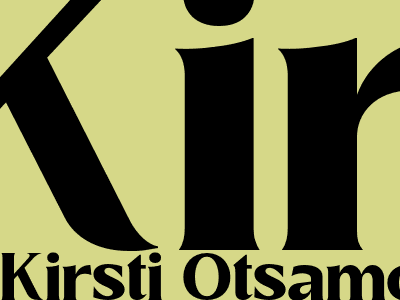SEO Content Optimization: A Step-by-Step Guide to Success
Introduction
In today's digital world, search engine optimization (SEO) has become essential for businesses and individuals alike to increase their online visibility and reach target audiences. By optimizing your website's content, you can improve its ranking in search engine results pages (SERPs), making it more likely for people to find your website and engage with your content. In this comprehensive guide, we will delve into the key steps involved in SEO content optimization, providing practical tips and strategies to help you create high-quality content that meets the needs of your users and search engines.
Understanding Search Engine Algorithms
The first step to successful SEO content optimization is to understand how search engine algorithms work. These algorithms are complex programs that analyze websites to determine their relevance and ranking. By understanding the factors that search engines consider, such as keyword optimization, internal linking, and content quality, you can tailor your content to meet their requirements and improve your website's visibility.
Keyword Research
Keyword research is a crucial aspect of SEO content optimization. Identifying relevant keywords that potential customers and readers are searching for will help you optimize your content for higher rankings. Use tools like Google Keyword Planner and SEMrush to conduct thorough keyword research and select keywords with high search volume and low competition.
Creating High-Quality Content
The foundation of effective SEO content optimization is creating high-quality content that provides value to users. Focus on delivering informative, engaging, and original content that meets the needs of your target audience. Avoid keyword stuffing and focus on creating natural and readable text.
Content Structure
The structure of your content is essential for both user experience and SEO purposes. Use clear headings and subheadings to organize your content logically and make it easy for readers to scan and navigate. Use short paragraphs, bullet points, and lists to improve readability and make your content more engaging.
Heading Optimization
Headings play a significant role in SEO content optimization. Use relevant keywords in your headings to help search engines understand the topic and context of your content. Additionally, headings provide structure and visual cues for readers, making your content more accessible and readable.
Optimizing for Mobile Devices
With the increasing use of mobile devices, it's crucial to ensure your website and content are mobile-friendly. Use responsive design to make your content adapt to different screen sizes and provide a seamless user experience on all devices. Mobile optimization enhances your website's usability and accessibility, leading to improved user engagement and search engine rankings.
Link Building and Social Media Integration
Building backlinks from reputable websites and promoting your content on social media platforms are essential elements of SEO content optimization. Backlinks serve as votes of confidence for your website, indicating to search engines that your content is credible and valuable. Social media integration helps expand your reach and engage with potential customers, further boosting your visibility and enhancing your SEO performance.
Conclusion
SEO content optimization is an ongoing process that requires careful planning and continuous improvement. By following the steps outlined in this guide, you can create high-quality content that meets the needs of both users and search engines. Remember to stay updated with the latest SEO trends, conduct regular content audits, and make adjustments as necessary. With persistence and a commitment to delivering valuable content, you can achieve higher rankings, increase your online visibility, and drive more traffic to your website.

Kirsti Otsamo
Comments